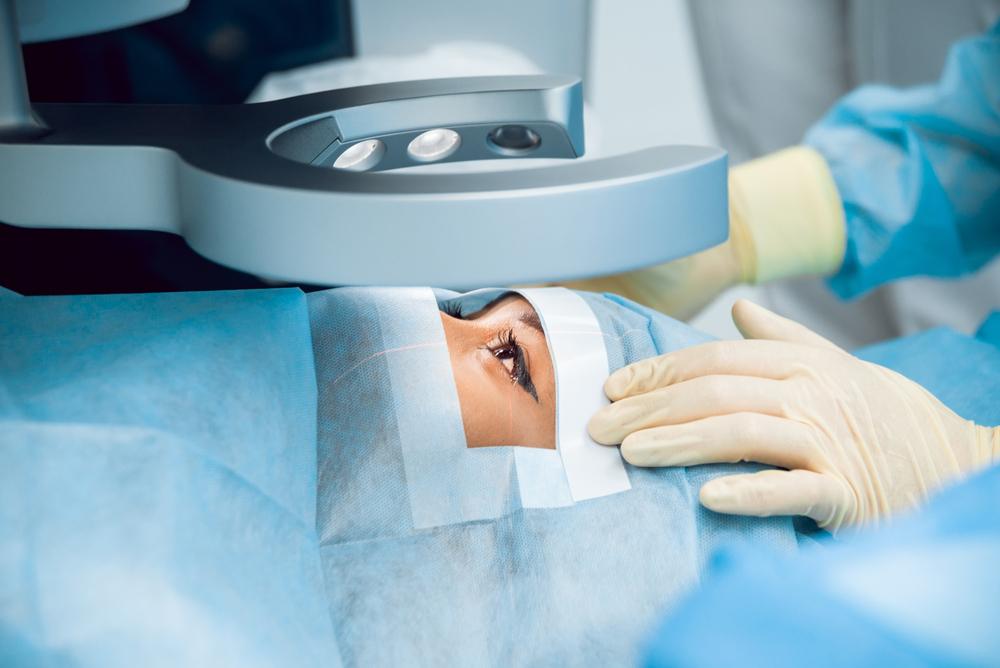When you hear “pork rind,” you probably think of the popular snack food, not corneal implants. Pork rind is simply the culinary term for pig skin, which has now been transformed through the ingenuity of scientists to help blind people see. Of the first 20 visually impaired participants in a study of biosynthetic corneas derived from pig skin, 19 showed significant improvement in vision without any adverse effects. A report published in the journal Nature Biotechnology (pdf) on Aug. 11 detailed the study.
The human cornea contains 13.6 percent of collagen. Pig skin happens to be rich in collagen, cheap, and convenient to use. The researchers isolated collagen molecules from pig skin and turned them into medical-grade collagen, which was then made into a 5 percent collagen solution. They then used a new vacuum evaporation technique to increase the collagen content to 12–18 percent, close to the 13.6 percent collagen content of the human cornea.




